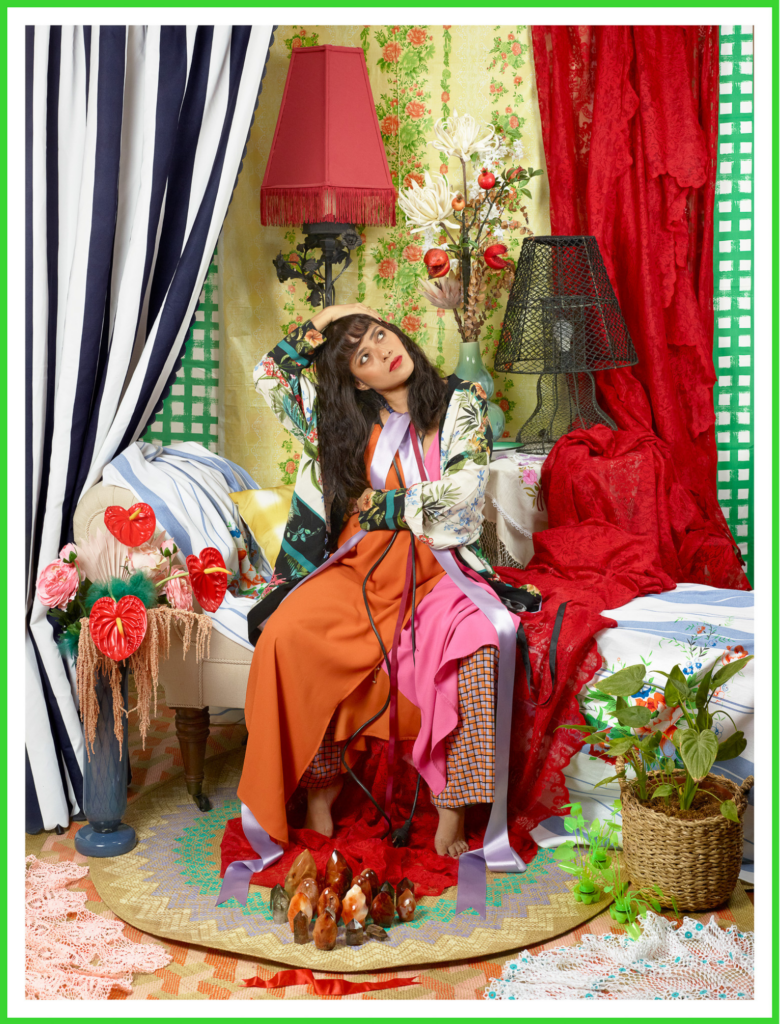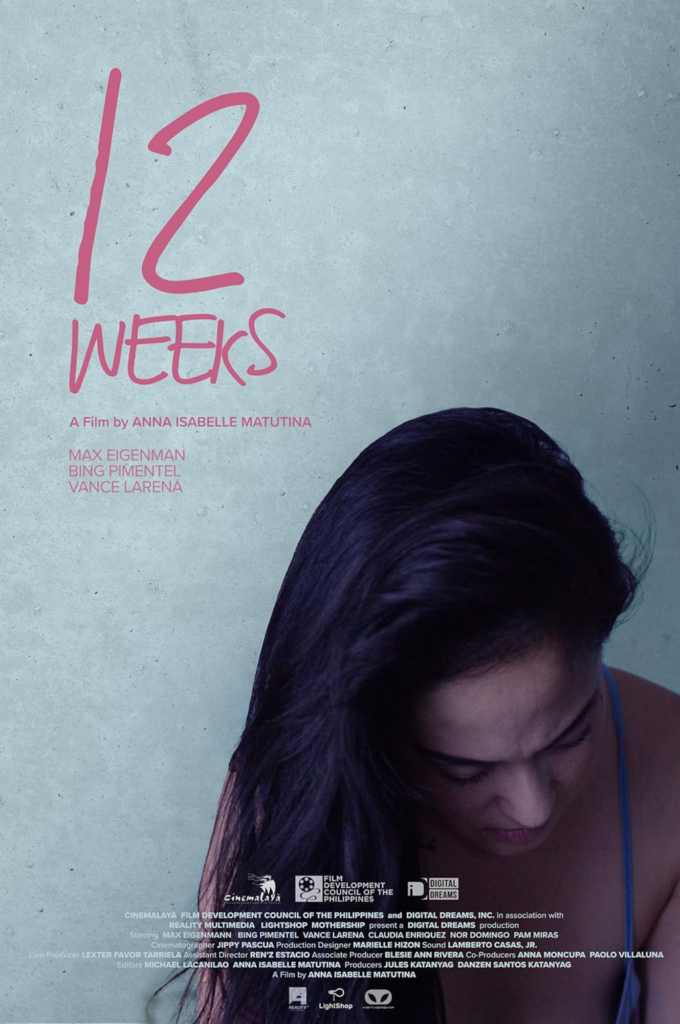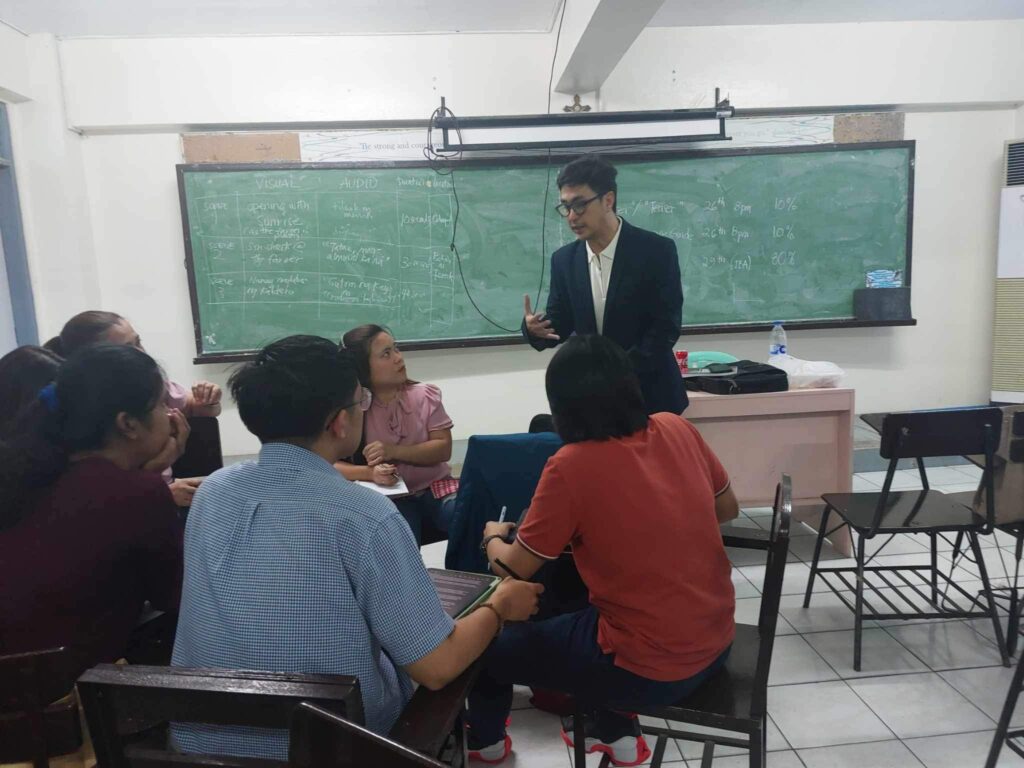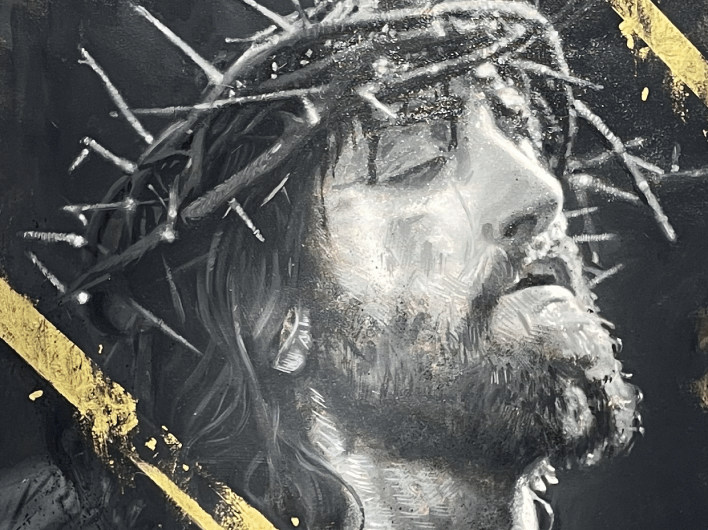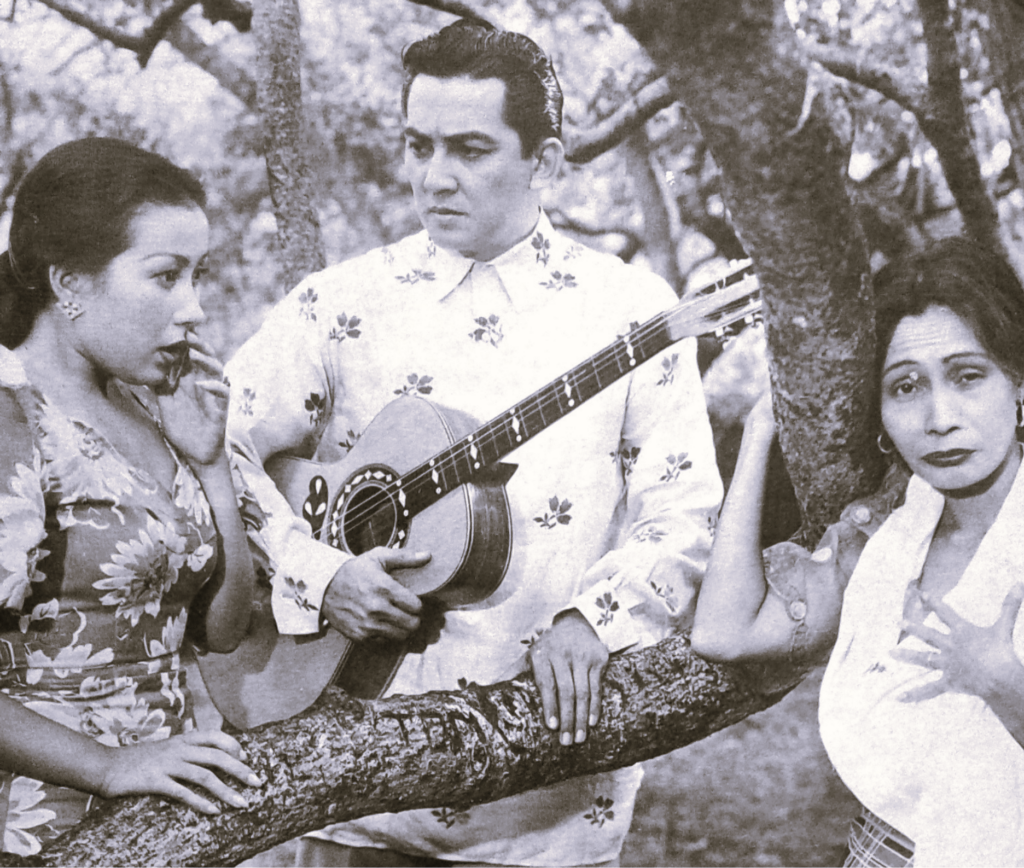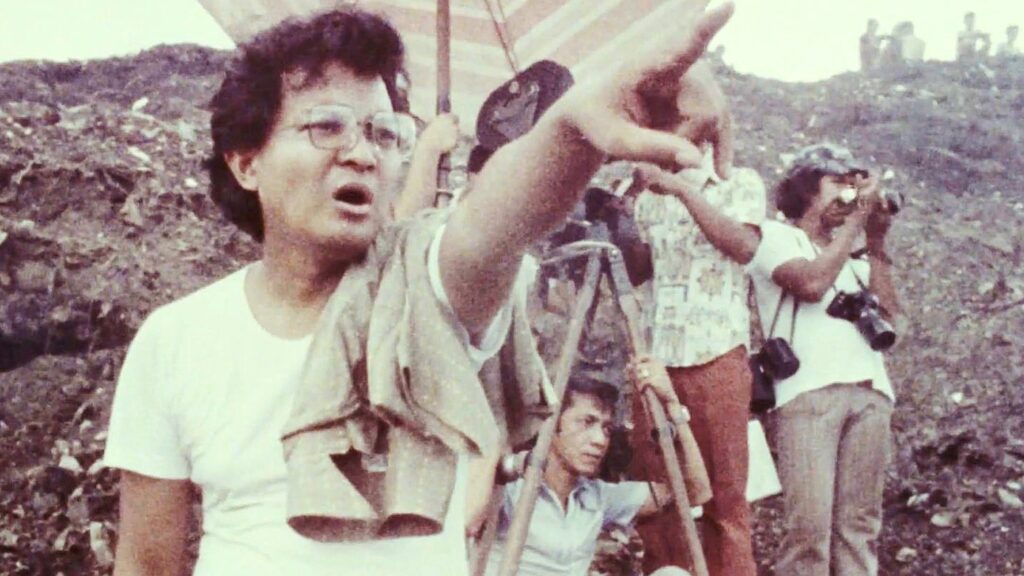The Artist as Forager of Material:
A Review of Wawi Navarroza’s As Wild As They Come
Wawi Navarroza is a lens-based artist with a collagist’s heart. Alternating between two homes, Manila and Istanbul, she is a forager of material, gathering inspiration from a lineage of artists while burrowing deep into her innermost rhythms. In her playfully skewed photographs, we glimpse the marbled victims of Medusa’s gaze, the commanding side-eye of Frida Kahlo, and even Balthus’s Thérese cooling down from the Manila heat. Flirting with a variety of personas, places, and histories, Navarroza’s body of work emphasizes her role as both actor and director: she edits and assembles, poses and stares, and finetunes lighting and costume. As Wild As We Come is Navarroza’s latest solo exhibition with Silverlens Gallery Manila. Inspired by her relocation to Istanbul and the transformative experience of motherhood, the show testifies to Navarroza’s desire to return to art amid all these changes. It asks that we meet Navarroza on her own terms: as a mother, migrant, artist, and technician. A Showy Strangeness Within these tableaus, Navarroza pursues a controlled kind of mess. In Brave New World, a birthday cake is embellished with gems—and is that a baby snake slithering underneath it? In another, Todo Lo Que Tengo/Bottomless/Bereket (Self-Portrait with Vessels), a barefooted Navarroza sits poised while holding different vases, spliced in uneven fragments, drawing attention to its own construction. Figure 1: Wawi Navarroza, Brave New World, 2022. Archival pigment ink on Hahnemühle Photo Lustre mounted on dibond. Artist frame with wooden mat board and glazed, colored frame (80 x 60 cm). Image courtesy of Silverlens Gallery. Figure 2: Wawi Navarroza, Todo Lo Que Tengo / Bottomless / Bereket (Self-Portrait with Vessels), 2022. Archival pigment ink on Hahnemühle Photo Lustre mounted on dibond. Artist frame with wooden mat board and glazed, colored frame (135 x 101 cm/53 x 40 inches). Image courtesy of Silverlens Gallery. In a previous interview with art historian and curator Roger Nelson, Navarroza said, “I retract and reveal in order to remind the viewer that photography is malleable and is very much a contemporary art medium to construct the image, to propose interstices, to break and tear.” So, how do we encounter Navarroza’s world? In these new works, we are never quite sure where we are or how we got there in the first place. Instead, we are tasked with accounting for the sheer array of things. Our eyes hover over each tableau, mesmerized but restless. Portals/Double Portrait finds our subject in two guises. On the left side, she is draped in a bevy of colors, primed for a night out; to the right, she assumes a more conservative dress in uniform tones. A child sits on her lap. These two versions of Navarroza look at each other expressionless, separated by a drapery bearing flowers and fruits. Hard-boiled eggs form a loose grid on the floor. Figure 3: Wawi Navarroza, Portals/Double Portrait (Self-Portraits), 2022. Archival pigment ink on Hahnemühle Photo Lustre mounted on dibond. Artist frame with wooden mat board and glazed, colored frame (117 x 101 cm). Image courtesy of Silverlens Gallery. These images, in their showy strangeness, exert a talismanic force as though you are just about to witness some ritual spell. Here, Navarroza uses self-portraiture to probe two roles – that of the free-spirited artist and the benevolent mother. But instead of choosing one over the other, Navarroza allows these two roles to coexist amid a cornucopia of images. Embracing Life’s Mess This tendency for maximalism seems to be the prevailing principle of the show, and it betrays an artist caught in a transitional moment in her career, basking in the complexity of unfixed identities, determined not to let anything resolve into a single notion. Previously, Navarroza’s self-portraits hinged on a specific concept (the tropical gothic, for instance), which brought her prismatic worldview into focus. But in As Wild As We Come, the artist sought refuge in the expansive but vague idea of wildness. From the show’s perspective, wildness can come to mean just about anything—from Eurocentric connotations of savagery to the enigmatic display of Filipino horror vacui to explorations of motherhood and female power. It tries to make space for all these interpretations, however unwieldy, but does so at the expense of a legible vision. For instance, Navarroza tries to cram as many details as possible in Mouth of Pearls/Oryental & Overseas, which appears as a jumbled attempt to comment on the state of Overseas Filipino Workers (OFWs). It’s a picture of excess that depicts Navarroza in a luxurious robe, holding up a mirror to look at herself as she clutches a pearl necklace with her mouth. A balikbayan box, a package usually filled with gifts and practical items brought home by returning OFWs, is used as a makeshift table holding up even more pearls. Figure 4: Wawi Navarroza, Mouth of Pearls/Oryental & Overseas (Self-Portrait), 2022. Archival pigment ink on Hahnemühle Photo Lustre mounted on dibond. Artist frame with wooden mat board and glazed, colored frame (135 x 101 cm/53 x 40 inches). Image courtesy of Silverlens Gallery. The Navarroza we find in this tableau is distanced, fixated on the mirror—perhaps trying to discern what lies beyond it and seeking a future of prosperity like so many OFWs. The work has the feel of an impenetrable fever dream, keeping us viewers at a remove. Deconstructing the Muse “For me, making self-portraits is a way of bravely asserting my own self-determination and representation as a woman, Asian, transnational [and more],” Navarroza remarked in an email exchange. She has also previously been open in sharing how artmaking has allowed her to unsettle Western and patriarchal conceptions of the gaze. This idea of the gaze traditionally positions the white male figure as the default perspective through which the world is experienced. By situating herself as both choreographer and muse, actor and editor, Navarroza puts forward a set of hyper-specific images that challenge this notion, revealing the exuberance of a woman coming to terms with herself. Beyond confronting the gaze’s traditional role in photography and portraiture, Navarroza has also
The Artist as Forager of Material:
A Review of Wawi Navarroza’s As Wild As They Come Read More »

